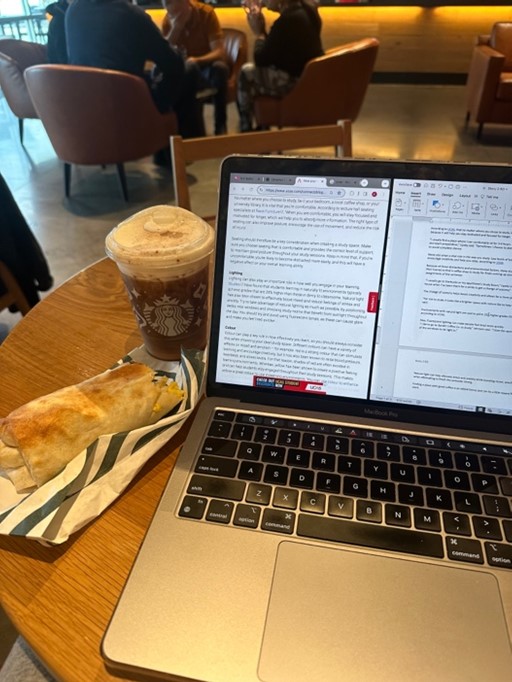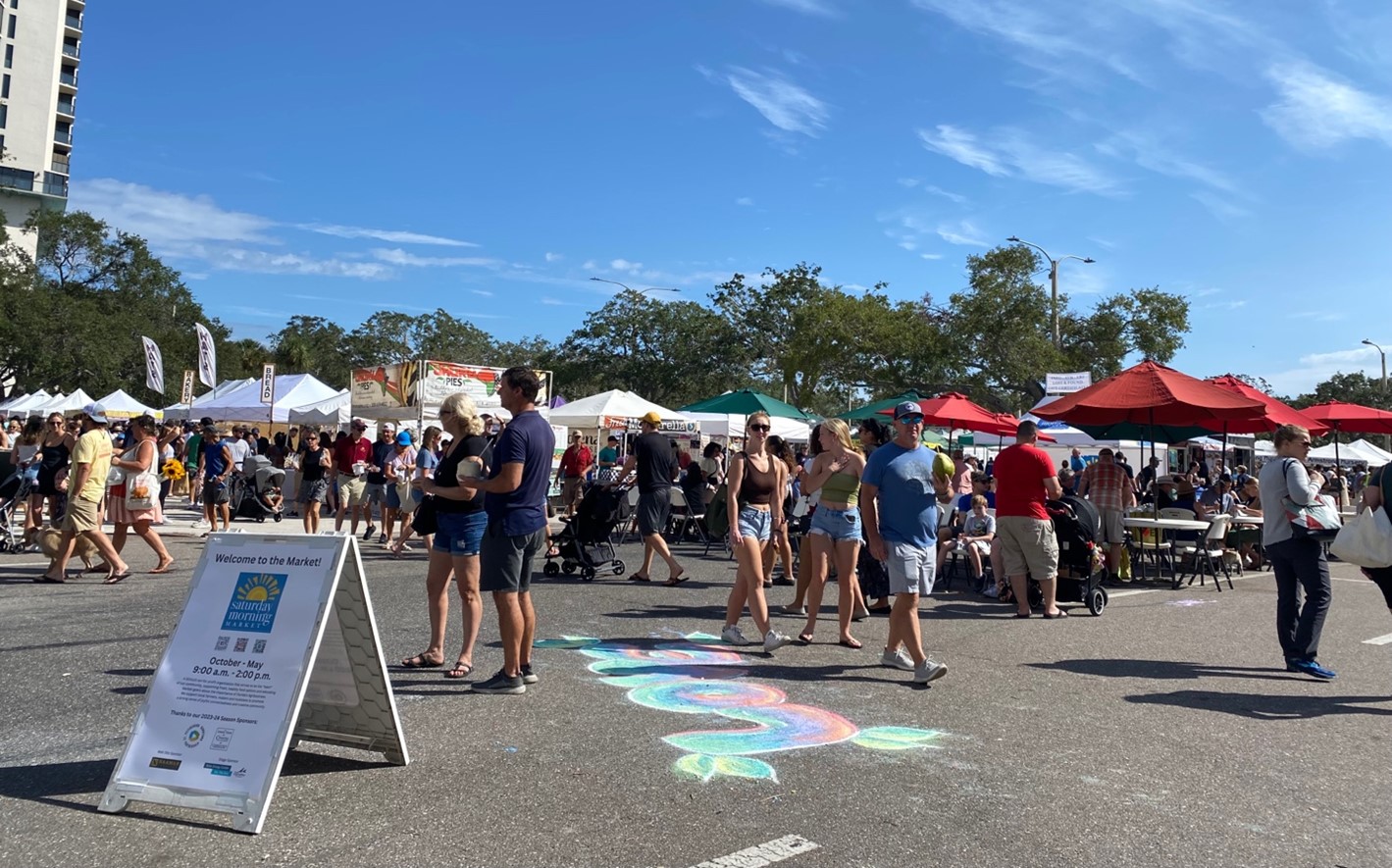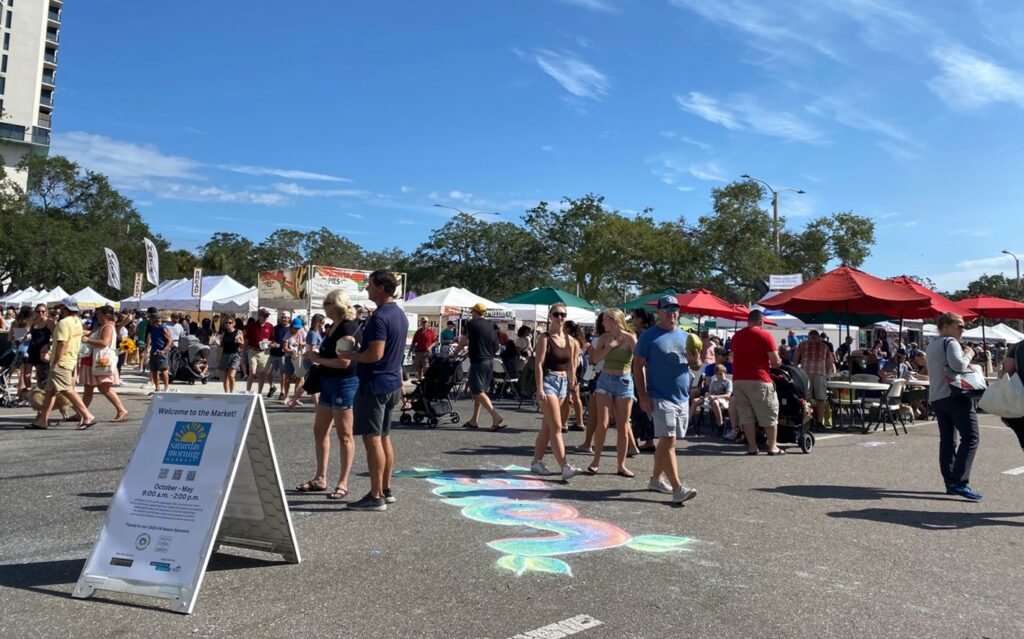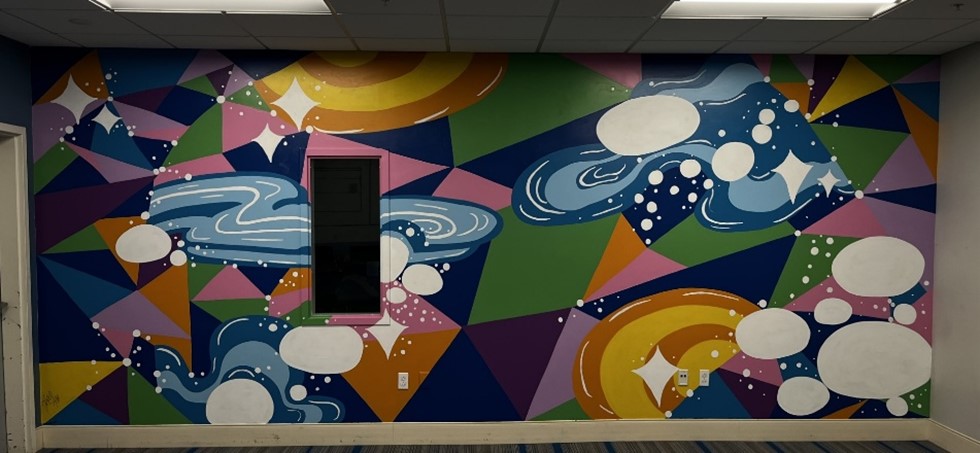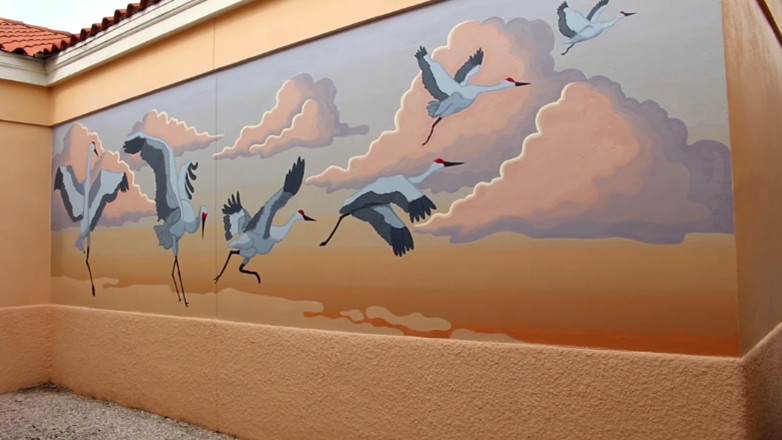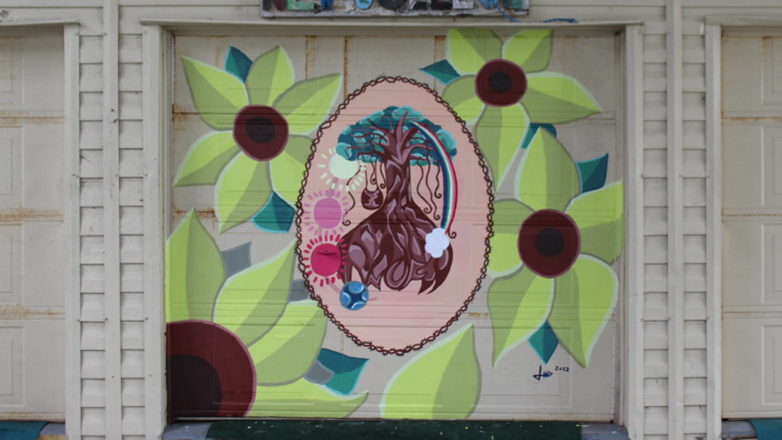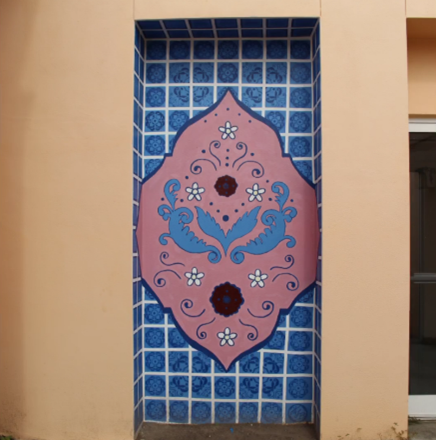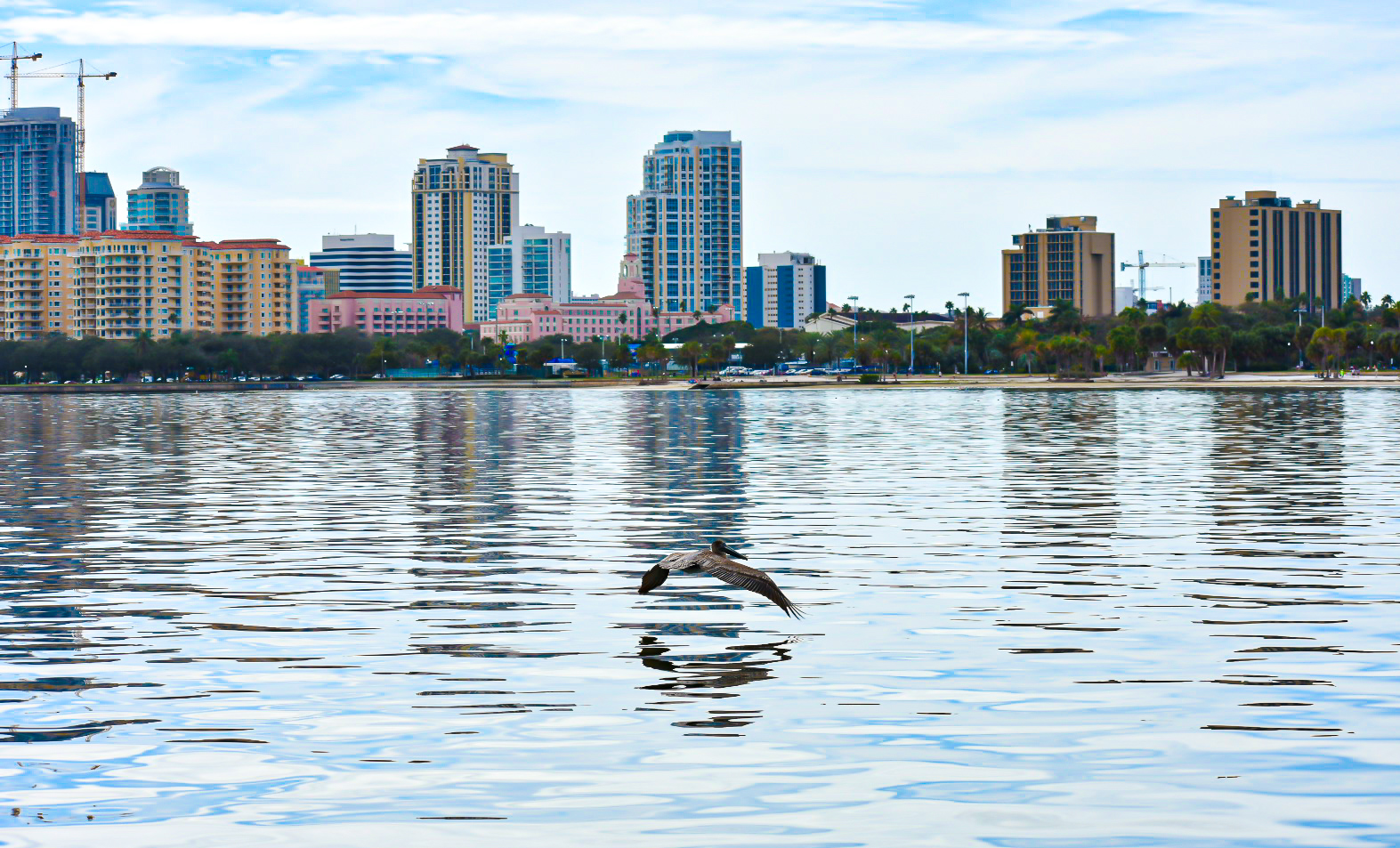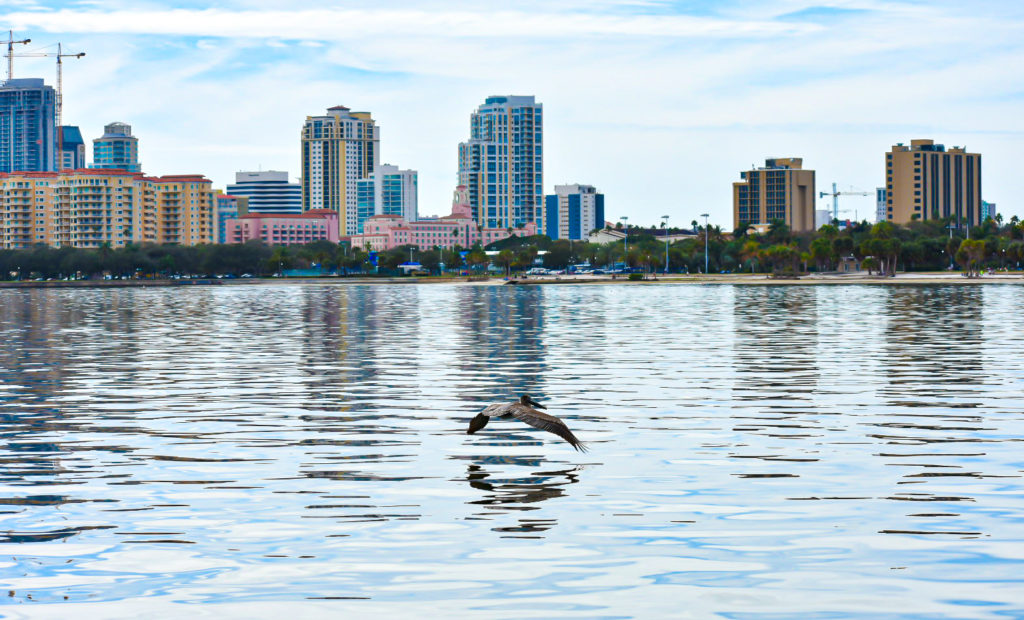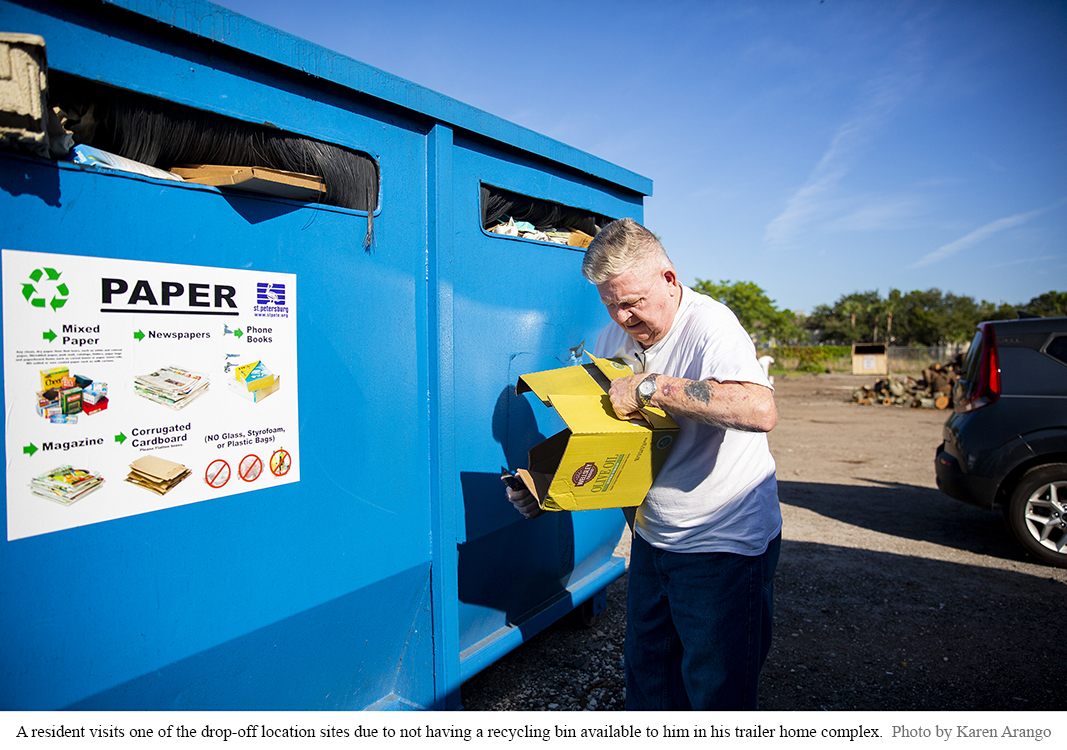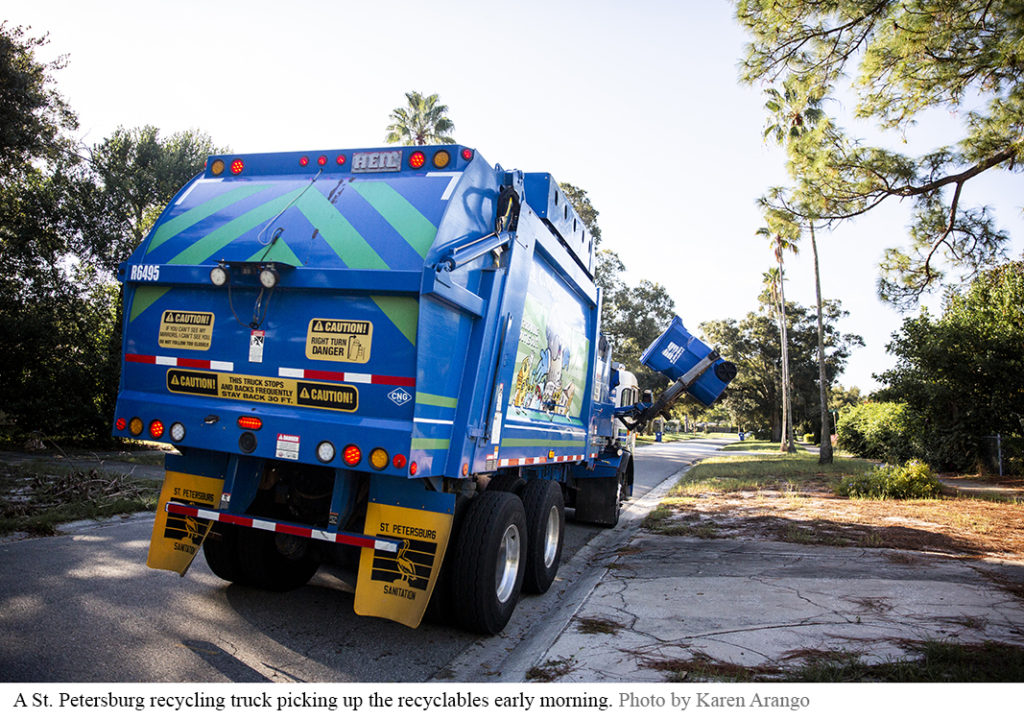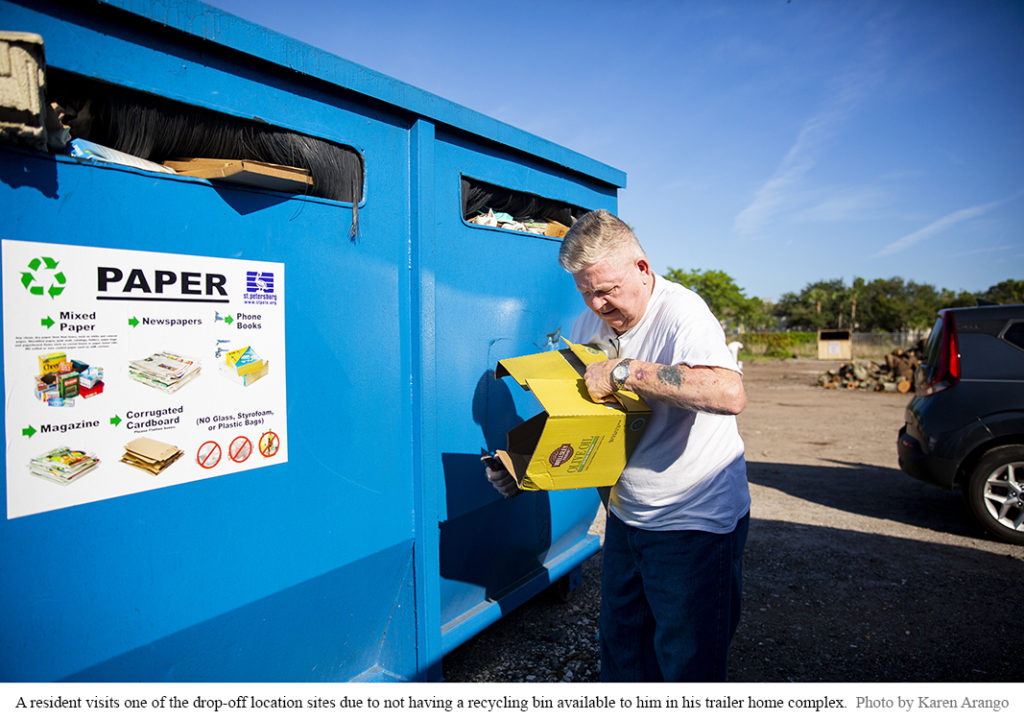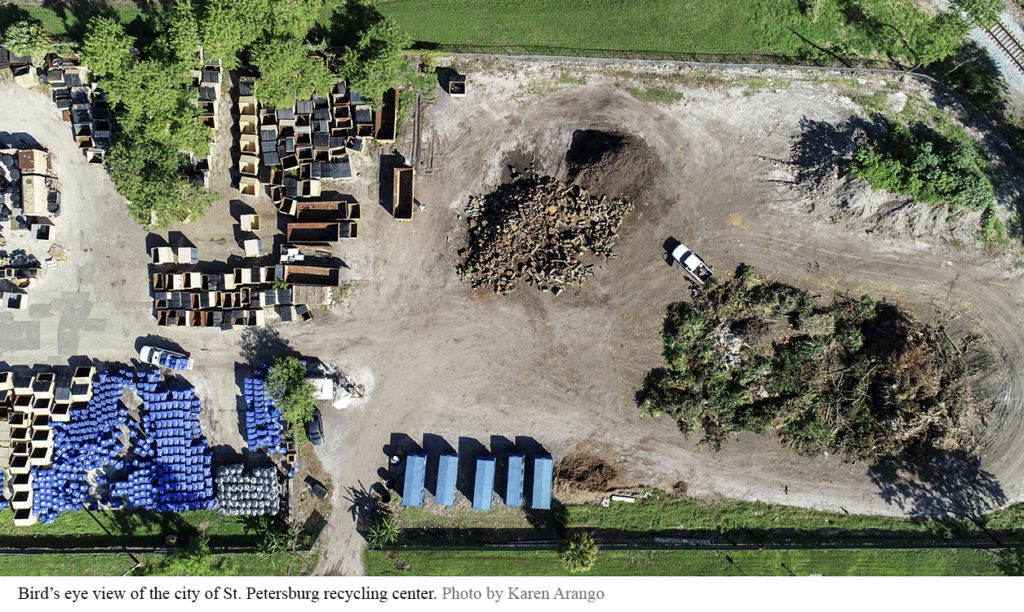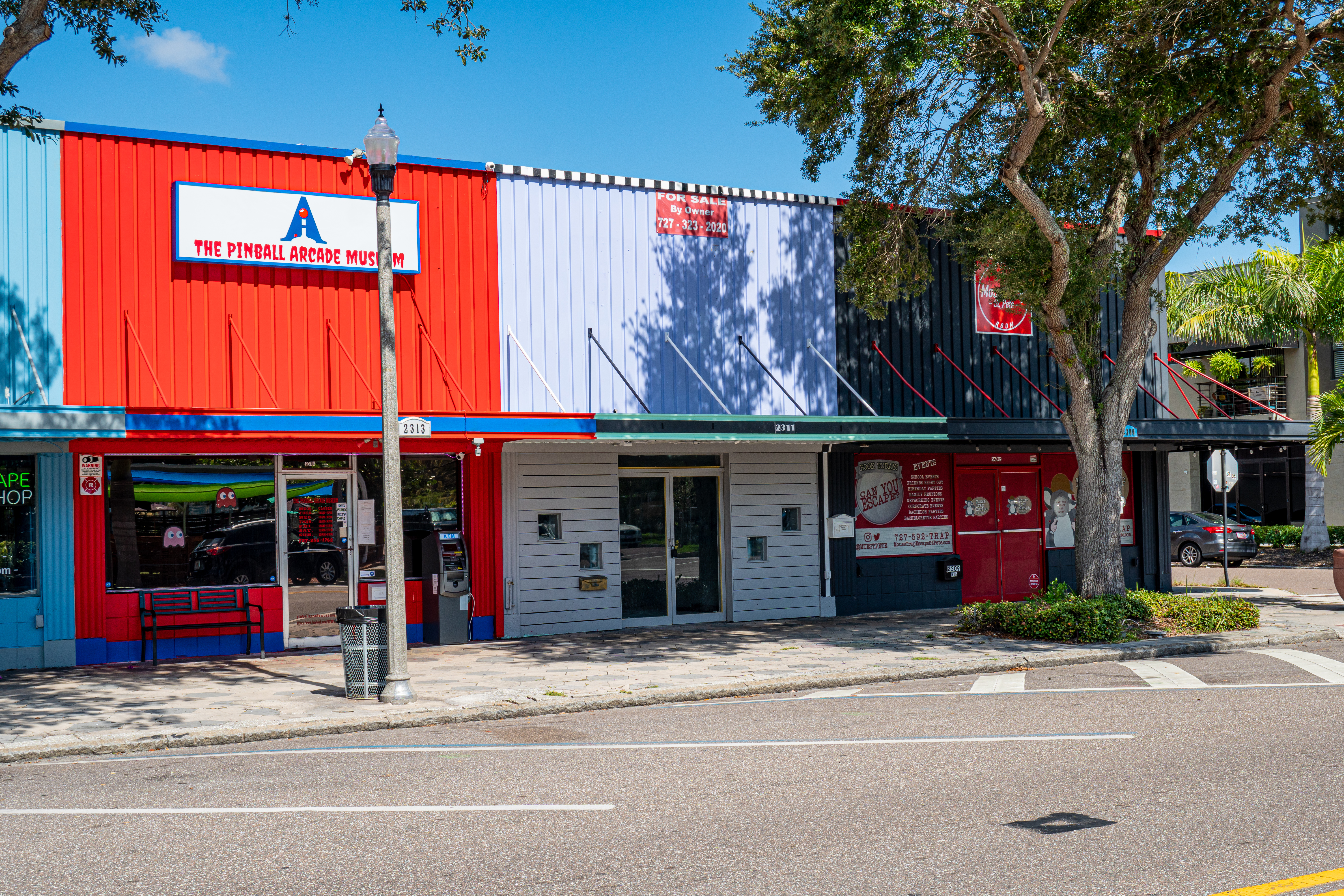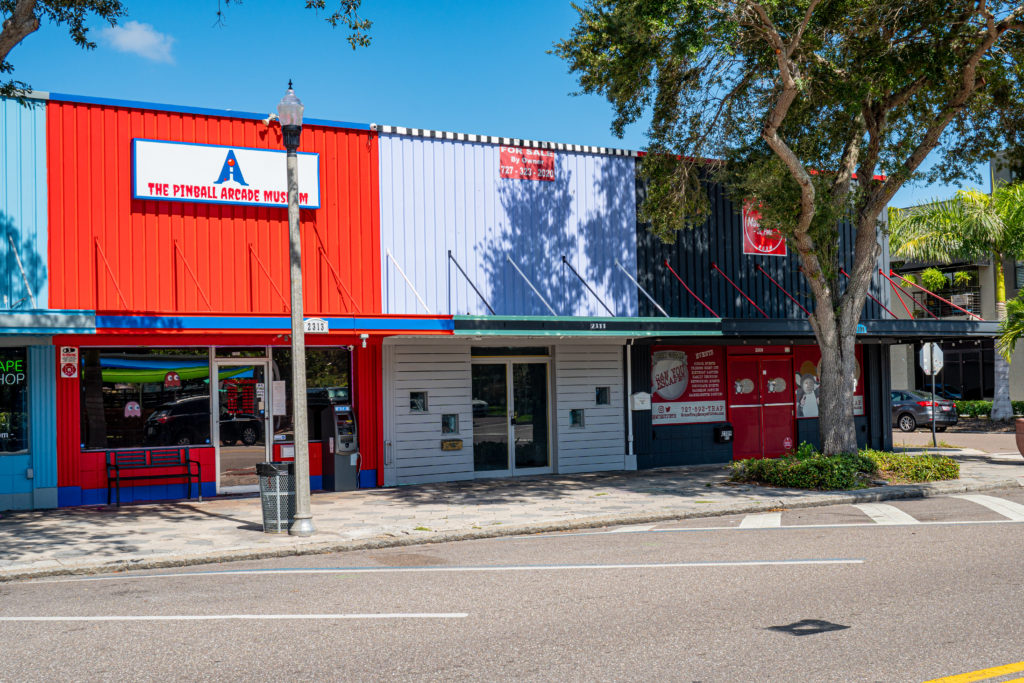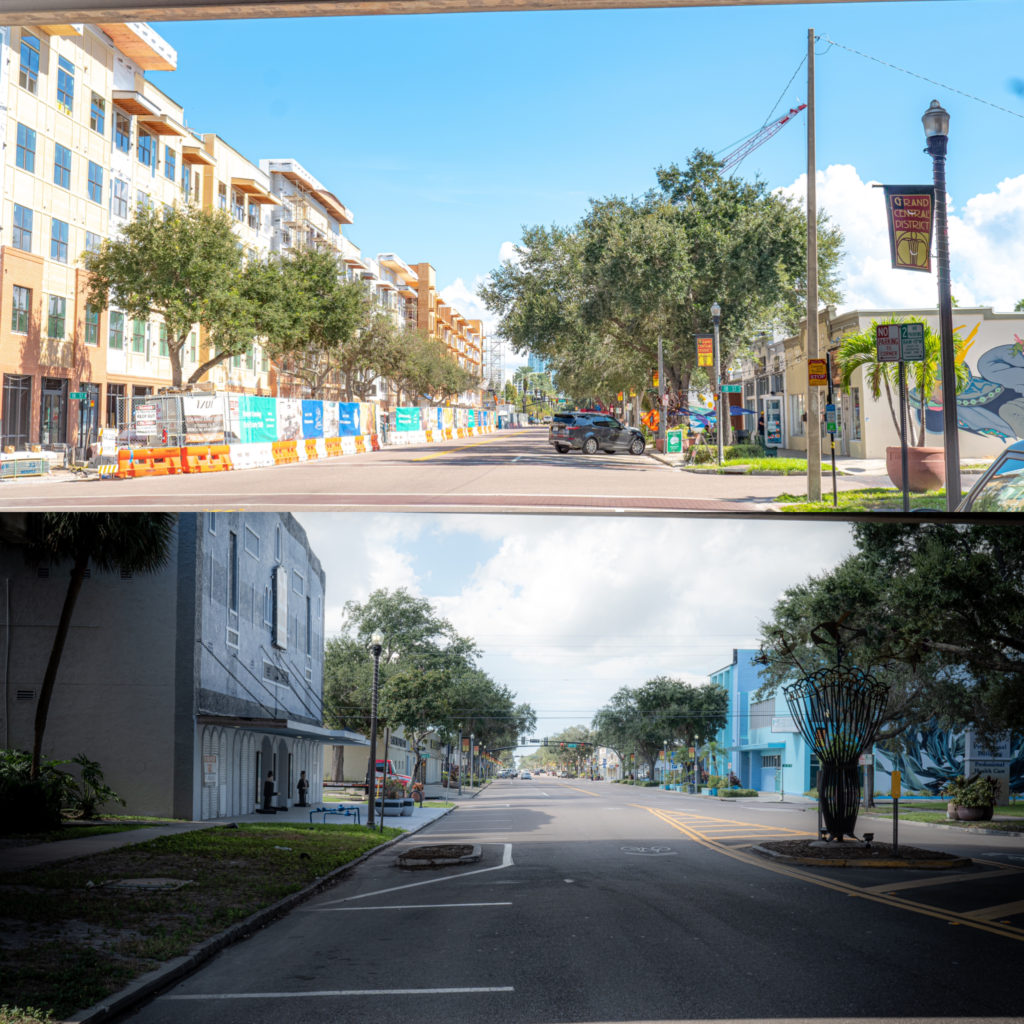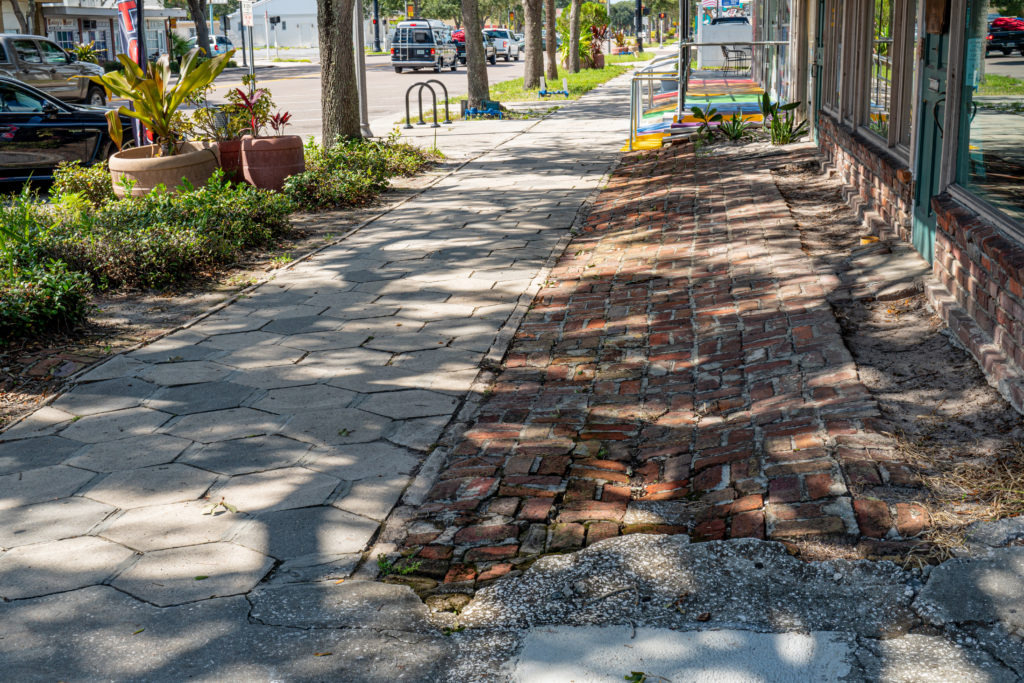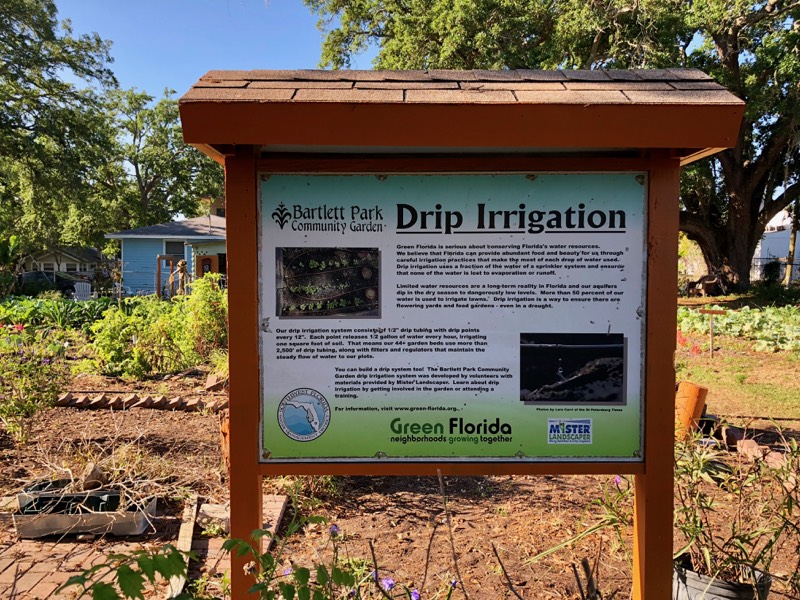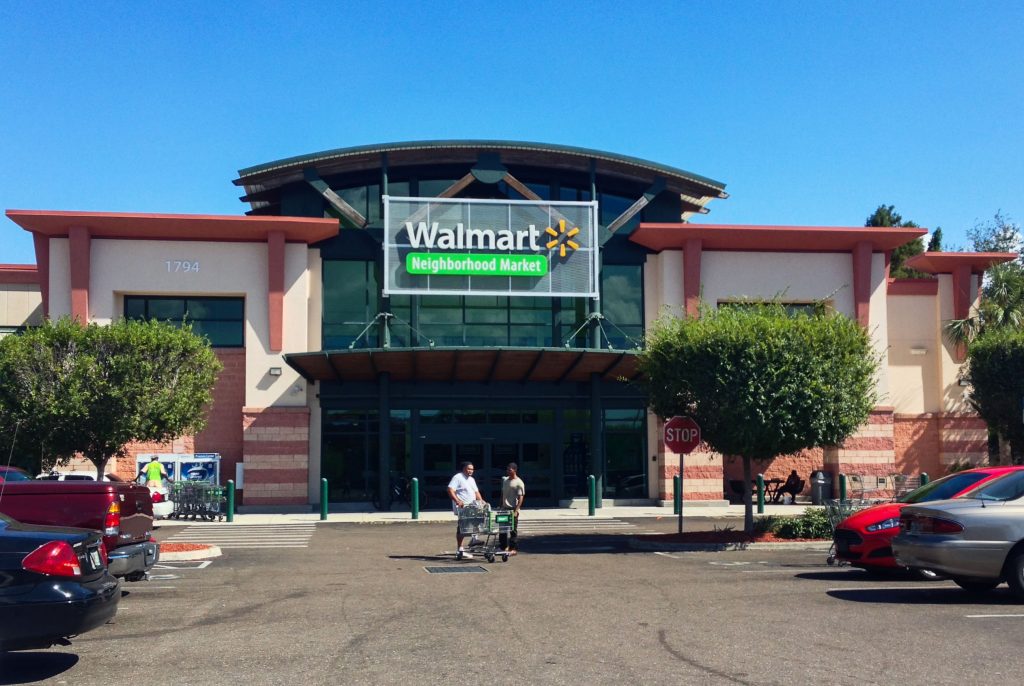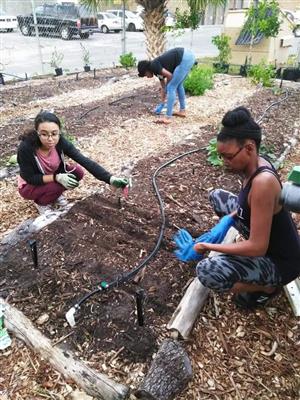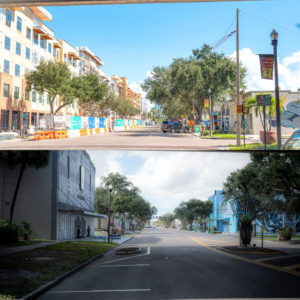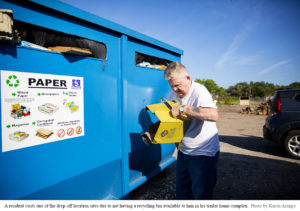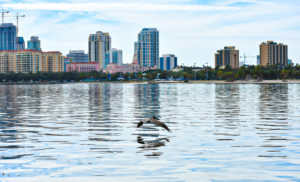Finding a comfortable environment that promotes positive study habits is vital for students when trying to learn new information and efficiently complete assignments.
By Kaitlyn Bock Food Beat Reporter
When final exams approach, many students find themselves leaving their homes to be more productive while studying or getting schoolwork done.
Trying to study or get schoolwork done at home can be a struggle for students because of all of the distractions that come with their environment, such as phones, chores, roommates, or other responsibilities.
“My biggest distraction while studying at home is my phone. I also get distracted by my roommates, snacks, my bed,” said Mia Lipsky, a junior at the University of South Florida.
Your environment has a huge impact on levels of productivity. Comfort, lighting, color and noise all affect the way you study.
“When I try to do work at home, I get distracted by laundry, cleaning, the TV, or sometimes end up taking a nap instead,” said Reilly Titus, a USF senior.
According to The Universities and Colleges Admissions Service (UCAS), no matter where you choose to study, it is vital to be comfortable because it will help you stay motivated and focused for longer.
“I usually find a place where I can comfortably sit for 3-4 hours and work away at my homework and exam preparation,” Lipsky said.
Noise also plays a vital role in the way you study. Low levels of background noise can encourage creativity and help you relax, according to the UCAS.
“Sometimes I choose to play quiet music in the background to avoid complete silence,” Lipsky said. “I don’t like silence and when I am alone, so I like to go to areas where there is background noise and other people.”
Not everyone can work with background noise and it may be easier to complete assignments in a more silent environment.
Because of these distractions and environmental factors, many students find themselves leaving their homes to find a coffee shop to study for finals coming up and submit their final assignments for the semester.
When going into a local coffee shop or even the Starbucks down the street, you find many students with headphones on, laptops open, and notebooks out.
According to State News, 26% of students study at a coffee shop at least once a week.
“I usually go to Starbucks or my apartment’s study room,” Lipsky said. “I like to get out of my house when I’ve been there for a while to get a change of scenery.”
The change of scenery helps boost creativity and allows for a more productive study session.
“For me to study it looks like a brighter space with nature like to help spark creativity,” said Kelsen Johnson, a junior at Polk State College.
Johnson will find himself slipping away to a local coffee shop about two or three times a week to keep up with all of his assignments and get ahead on the following week’s due dates.
Environments with natural light are said to aid in 25% higher grades than dimly light ones, according to the UCAS.
Also, fluorescent lighting can make people feel tired more quickly.
“I like to go to Bandit Coffee Co. to study,” Johnson said. “I love the openness of the shop and all of the windows to let light in.”
Natural light can help alleviate stress and anxiety while boosting mood, which is important when attempting to finish the semester strong.
Finding a place with good coffee is a bonus and can be a small reward for all of the hard work.
“I’m able to enjoy a good cup of coffee and crank out my work/studying,” Titus said.
Being able to study in a different environment than your home can help you avoid distractions that take focus away from your textbooks and assignments.
“I think studying out of the house helps me disconnect work/school from my home life, so when I’m home I can relax,” Johnson said.
This separation can also help people disconnect from work when they are at home and be able to fully relax in a restful environment.
“When I’m in a place like a coffee shop I’m not surrounded by all of the things I have to get done at home,” Titus said.
The environment in which you study directly affects the way you absorb new information and your ability to learn.
Finding a space that allows you to efficiently complete course work and study effectively is important especially during the end of the semester with exams approaching.
“It is just me and my work and I don’t let myself leave until I am finished,” Lipsky said. “At home, I find myself lying in bed and scrolling on my phone when I get bored.”
For many students, that may look like packing your backpack and heading over to a coffee shop to do some last-minute studying while sipping on a coffee.
